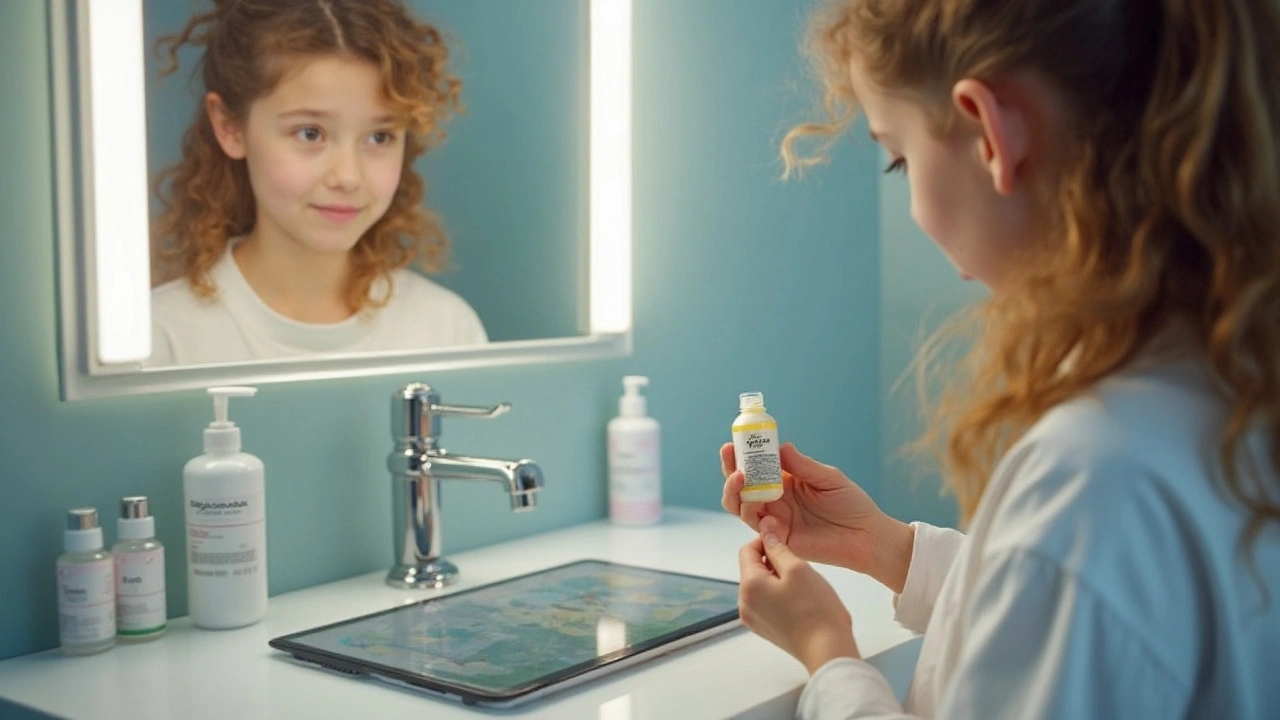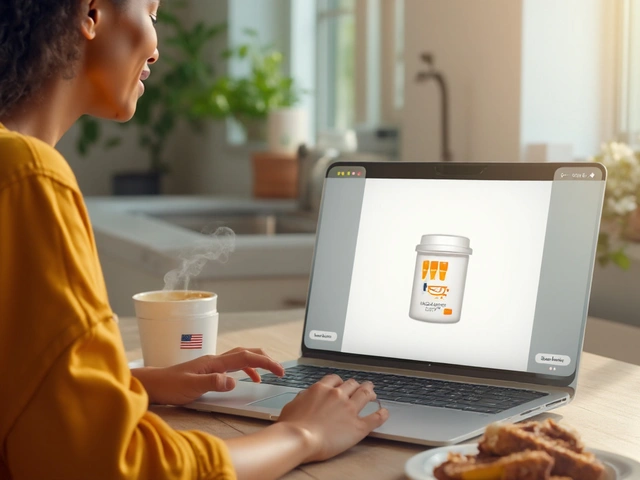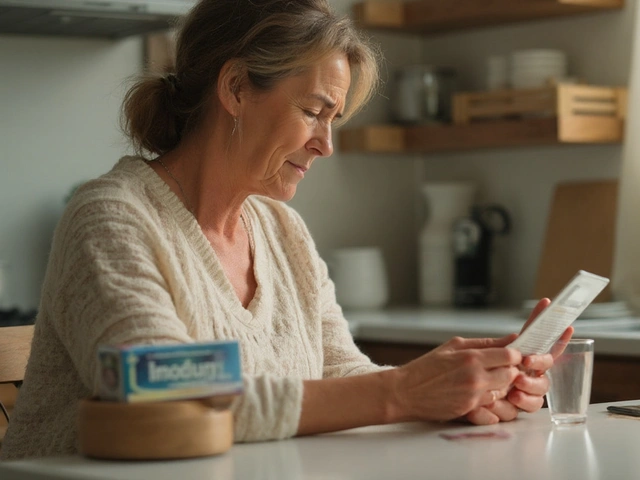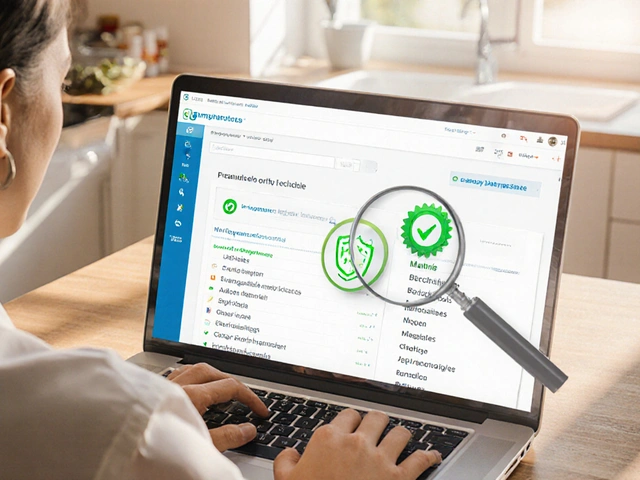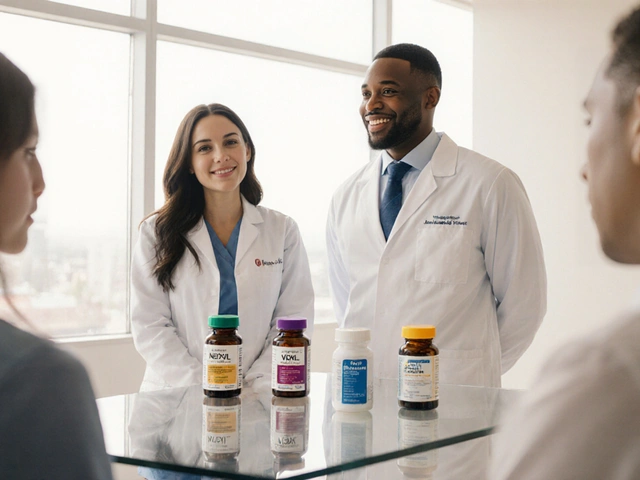Benzoyl Peroxide: What It Is, How to Use It, and What to Watch For
If you’ve tried to clear up stubborn breakouts, chances are you’ve heard of benzoyl peroxide. It’s the most common over‑the‑counter acne ingredient and for good reason – it kills the bacteria that cause pimples and helps unclog pores. The good news? It’s inexpensive and works fast. The not‑so‑good news? It can dry out your skin or cause a little redness if you’re not careful. This guide breaks down everything you need to know so you can decide if benzoyl peroxide is right for you.
How Benzoyl Peroxide Works
Benzoyl peroxide is a chemical that releases oxygen when it hits the skin. The extra oxygen creates an environment that the acne‑causing bacteria (Propionibacterium acnes) can’t survive in. At the same time, it gently exfoliates the top layer of skin, helping blackheads and whiteheads pop up to the surface where they can be wiped away. Because it attacks both the bacteria and the clogged pores, many people see clearer skin in just a week or two.
How to Use It Safely
Start with the lowest concentration you can find – usually 2.5% or 5%. Apply a thin layer to clean, dry skin once a day, preferably in the evening. If you notice a lot of dryness or a burning feeling, cut back to every other night or switch to a lower strength. Always follow up with a gentle, non‑comedogenic moisturizer; this stops your skin from over‑drying and keeps the barrier healthy.
Don’t mix benzoyl peroxide with products that contain alcohol, retinol, or strong acids unless you’re sure your skin can handle it. Those combos can cause severe irritation. Instead, keep your routine simple: cleanser, benzoyl peroxide, moisturizer, and sunscreen in the morning. Sunscreen is a must because benzoyl peroxide can make your skin more sensitive to UV rays.
People with very sensitive skin sometimes get a rash or a tingling sensation. If that happens, rinse it off with cool water and wait a day before trying again. If the irritation persists, it’s best to stop using it and talk to a pharmacist or dermatologist.
Buying Benzoyl Peroxide – What to Look For
When you shop online or in a store, look for products labeled “benzoyl peroxide” with the exact concentration on the front. Reputable brands usually list the active ingredient clearly and provide an expiration date. Avoid anything that promises “instant results” or says it’s a “miracle cure” – those claims are often a sign of low‑quality fillers.
Check the packaging for a seal or tamper‑evidence. If you buy from an online pharmacy, make sure the site requires a prescription for higher concentrations (10%) and displays a valid pharmacy license. Cheap generic versions are fine as long as they come from a trusted manufacturer.
Lastly, remember that the best results come from consistency, not from hunting for the strongest product. Stick with a low‑strength formula, use it as directed, and give your skin a few weeks to adjust. If you don’t see improvement after a month, consider adding a different acne treatment or seeing a dermatologist for personalized advice.
Bottom line: benzoyl peroxide is a solid first‑line acne fighter, but it works best when you start low, moisturize well, and buy from a reputable source. Follow these tips and you’ll be on your way to clearer skin without the unnecessary irritation.
Benzoyl Peroxide: Deep Dive Into Its Skincare Superpowers and Uses
Explore the science, effectiveness, and safety of benzoyl peroxide for acne, industrial uses, and more. Learn practical tips, fun facts, and real data.
